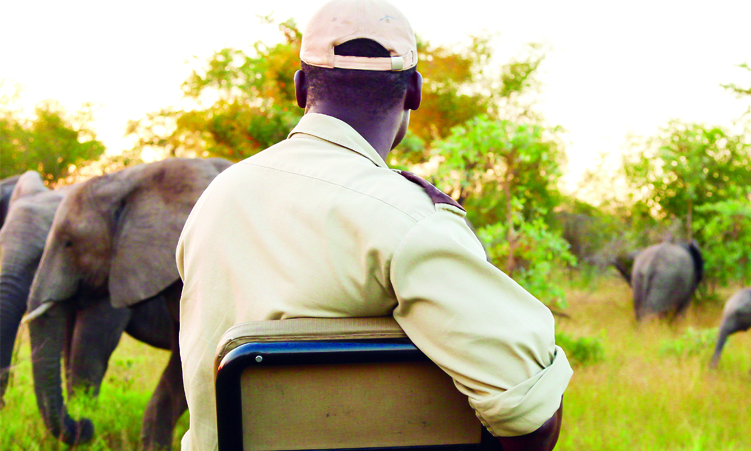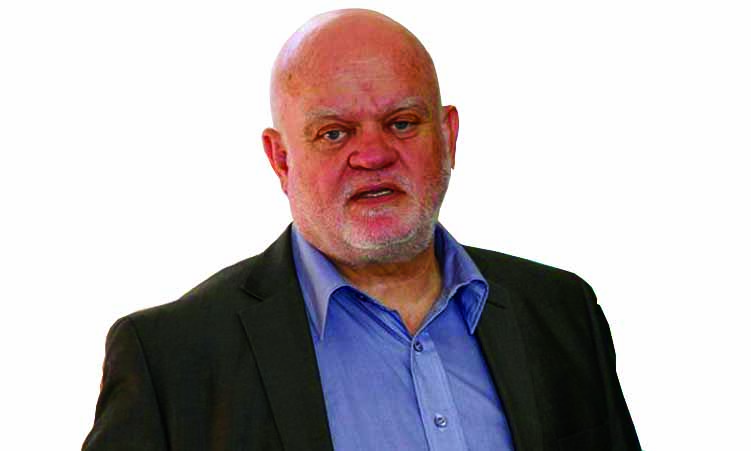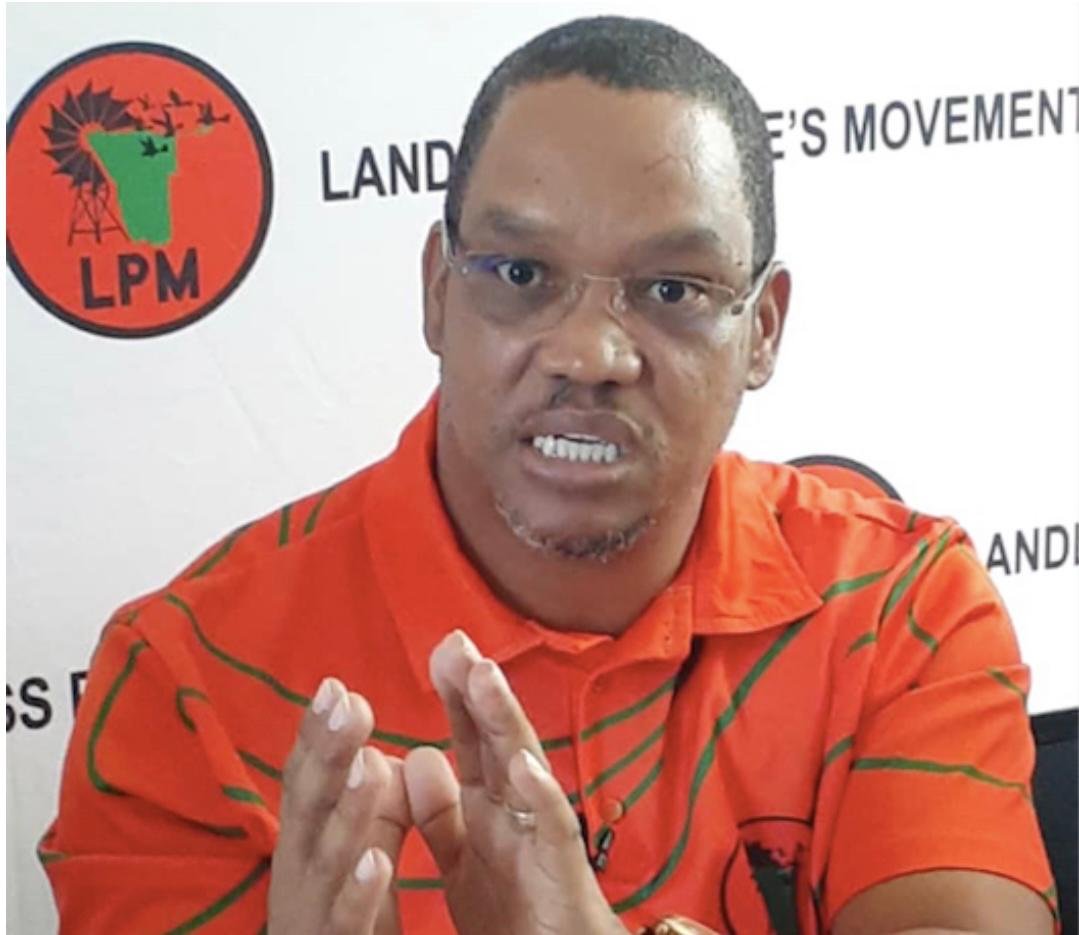The Tourism Sector is not only a major contributor to Namibia’s gross domestic product, but also a significant creator of direct and indirect jobs.
The sector is generally recognised as economically strategic, and an invaluable driver of the country’s economic growth.
Its fascinating diversity makes Namibia an attractive holiday destination, and foreigners come from far and wide to visit this uniquely spectacular country with its vast open spaces, scenic landscapes and abundance of wildlife.
Tourist arrivals are monitored and reported on annually, but it is difficult to find information and statistics on who they are, from where, and how many of them return.
One hopes that tourists do not visit this lovely country once only.
The importance of tourists coming back year after year underscores economic growth, but offering the ‘same old, same old’ holds little attraction.
There must be a variety of options on offer to ensure return visits.
Although tourist arrivals are yet to reach the pre-coronavirus peak numbers, judging by the number of rental vehicles on the roads, the sector seems to be rebounding.

Other than en route to the Epupa and Ruacana waterfalls, it is not often that one encounters foreign visitors in the north-central geographical regions.
Working in the north this week, I was surprised to meet a couple on holiday from Germany staying at my favoured accommodation establishment at Ongwediva.
I learnt that they are return visitors and have been holidaying in Namibia annually for over a decade now.
Having had their fill of Namibia’s usual tourist hot spots, they decided to explore a part of the country that is not generally featured in the tourism brochures.
I showed them a book penned by veteran Namibian journalist Willie Olivier, titled ‘Discover the Colourful World of Owambo’.
They were immensely impressed.
Olivier’s book, which is a comprehensive guide on the north, is an indispensable companion whenever I work in Namibia’s Omusati, Ohangwena, Oshana and Oshikoto regions.
It contains facts that few, other than the people who hail from that part of Namibia, will know, such as the history, festivals, traditions, dress, and food preferences of the eight Aawambo communities.
His book is jam-packed with beautiful photos, but what makes it unique is that Olivier sets out six tourism routes.
Each route incorporates historical snippets on the towns and communities one will encounter.
It also features interesting details on the explorers, missionaries and traders who in bygone years stamped their mark there – be it good, bad, or indifferent.
Olivier recommends six routes for visitors to follow, starting with Lake Oshikoto to Ondangwa, Ondangwa to Ruacana and the Outapi-to-Oshakati circuit.
Then Outapi along the B1 south of Oshikango, Ondangwa to Oshikango, and lastly, Onethindi to Eenhana, Okongo and beyond.
According to recent media reports, the country’s regulatory and marketing body for tourism activities, the Namibia Tourism Board (NTB) will undergo a transition.
The board will reportedly be relieved of its regulatory responsibility to focus on tourism marketing.
Hopefully the NTB will include the six routes mapped out in Olivier’s book in a renewed marketing thrust, and to entice those tourists who have been here before to return to Namibia.
- Danny Meyer is reachable at danny@smecompete.com
Stay informed with The Namibian – your source for credible journalism. Get in-depth reporting and opinions for
only N$85 a month. Invest in journalism, invest in democracy –
Subscribe Now!






